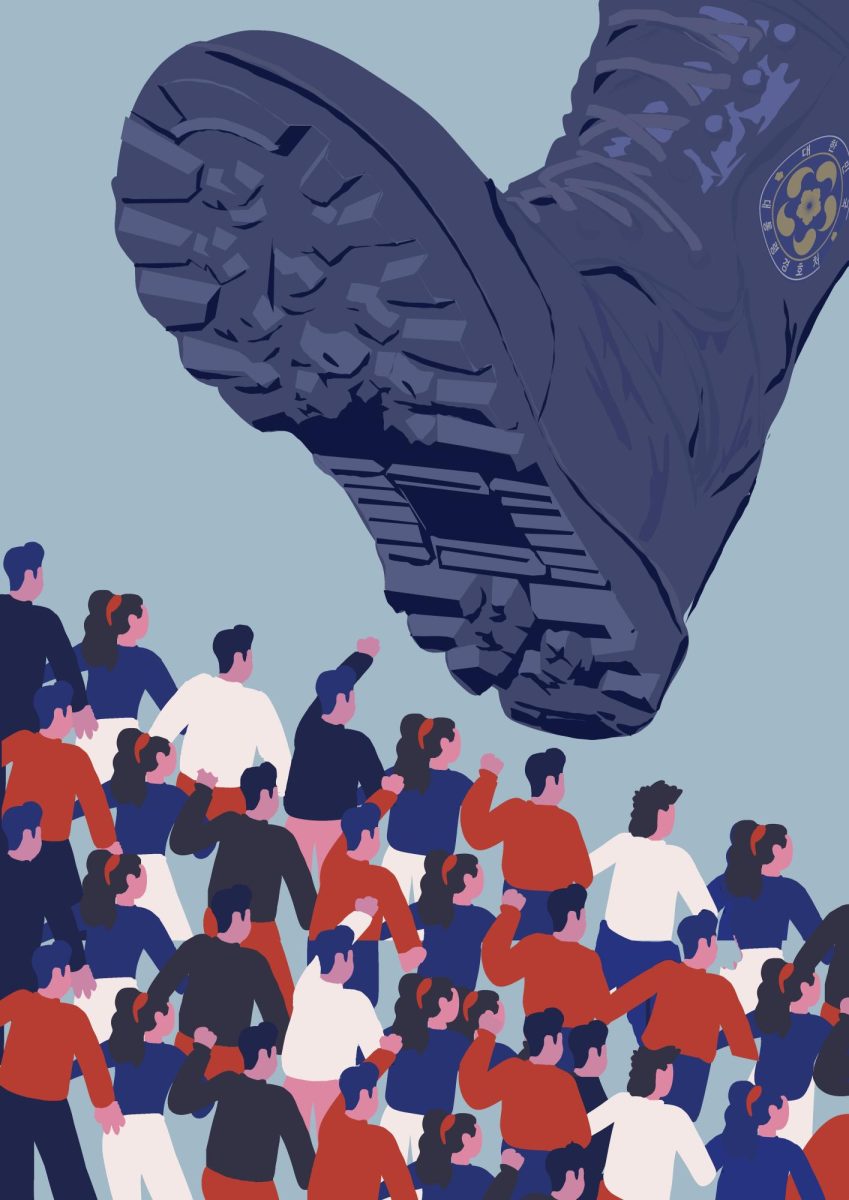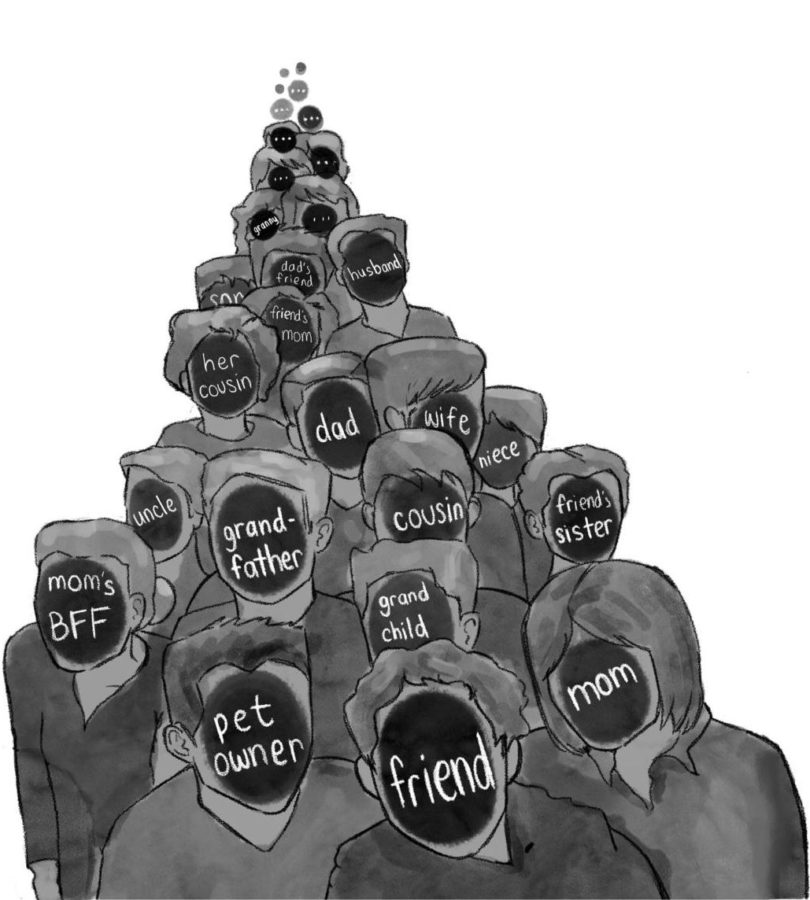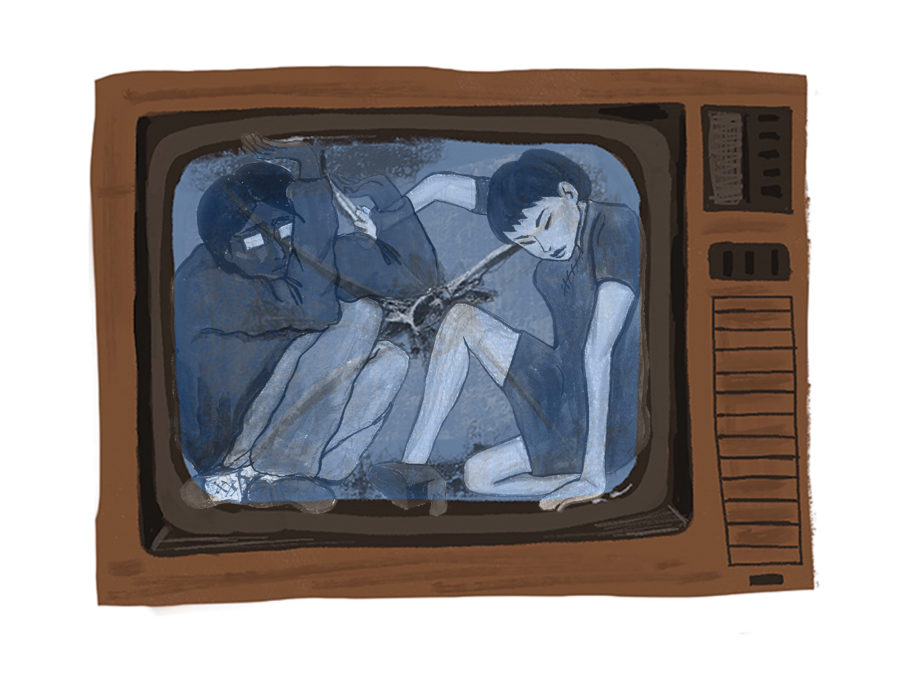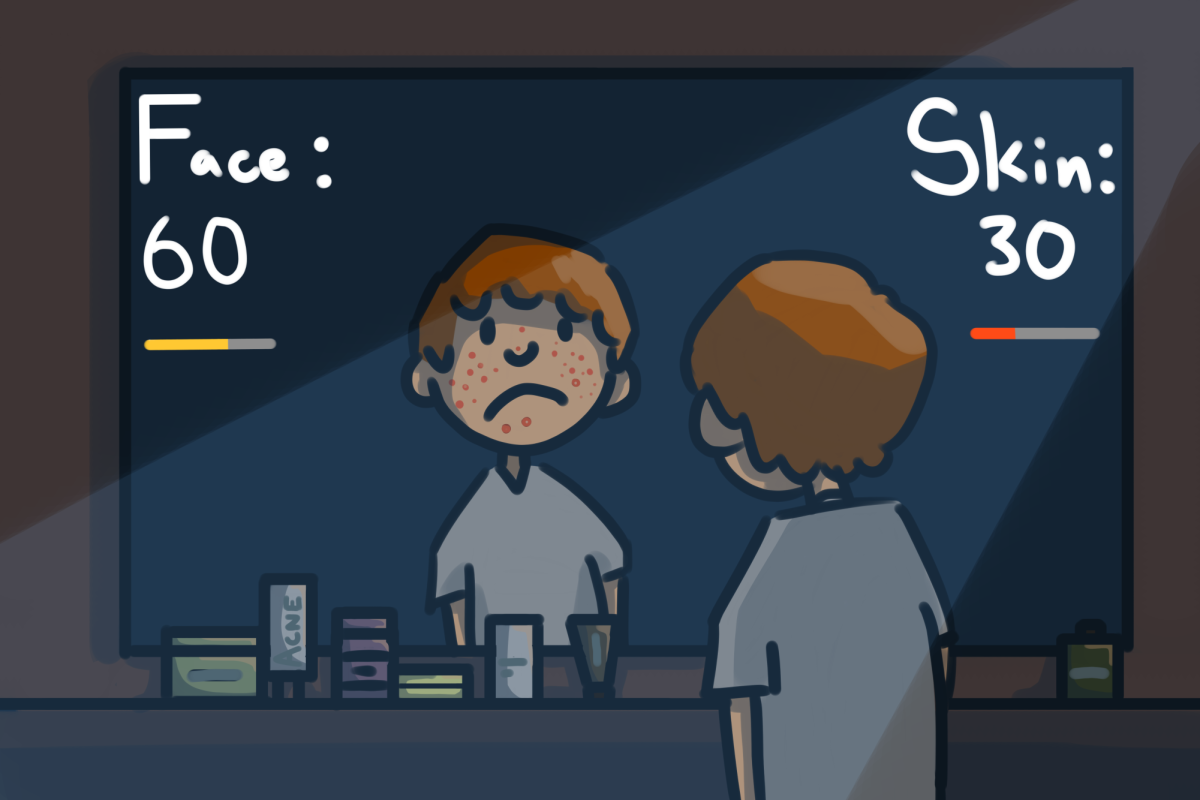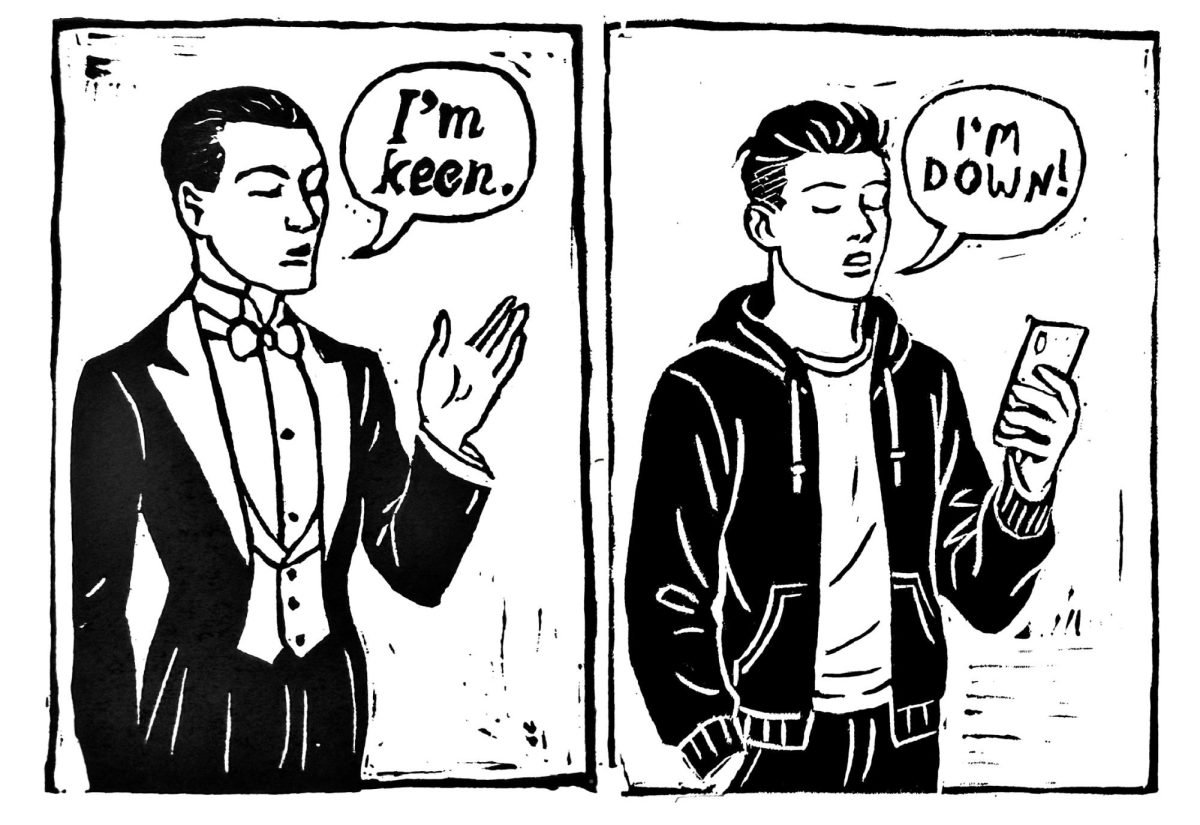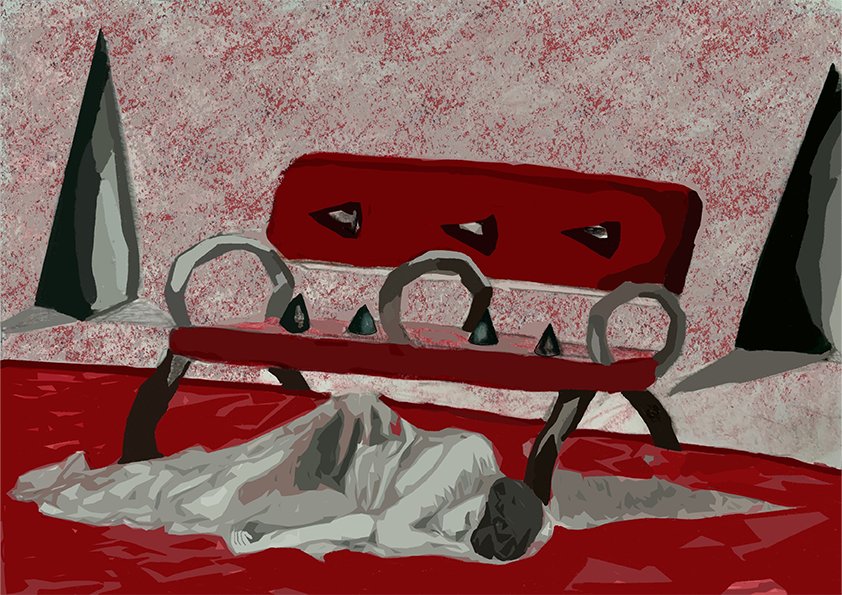Anti-homeless architecture is an urban design strategy intended to restrict those who are without homes from being able to obtain adequate shelter for rest.
Amidst the current vast sprawl of cities in the USA, spikes protruding from the ground and ridges in public benches are testaments to the hushed battle several vulnerable members of society may face. The homeless, already deprived of basic necessities and confronted with punitive actions, have now been subjected to a cruel, dehumanizing cycle of exclusion and ignorance.
As highlighted by The New York Times, this “crisis” is caused by a profound lack of affordable housing. Representative of this, New York currently suffers from a housing shortage, vacancy rates of just 3%, and restrictive zoning practices. The scarcity of affordable housing, in turn, has increased rent and living costs in certain areas, forcing low-income families and individuals into leaving their homes and into the streets.
Instead of addressing the core cause of the homeless crisis, hostile designs have been used to mask the issue entirely, claiming that it will lessen criminal activity and increase public safety.
Public furniture incorporating these design choices possess metal spikes, slanted benches, and narrow ledges. The installation of barriers, fences, and rocks are strategically placed to deter individuals from setting up camp, sitting, or lying down for extended periods in public areas.
The lack of shelters and safe spaces has taken a heavy toll on the unsheltered, constraining their access to from finding a place for rest and comfort. While the application of anti-homeless architecture reflects the government’s inability to curb the homeless crisis, it is essential to understand that these hostile designs do not contribute toward solving the issue as much as it was intended to. They instead intensify the situation and further dehumanize those who are unsheltered and in need of support.
Anti-homeless architecture perpetuates stereotypes by reinforcing the false notion that homelessness is reflective of an individual’s errors instead of being a complex socio-economic issue. These designs imply that those experiencing homelessness are unwelcome in public spaces, dangerous, or deserving of their circumstances. They condemn unsheltered individuals as a threat to public safety rather than citizens in need of assistance and compassion.
However, it is crucial to acknowledge that there are other approaches that are not discriminatory. This could involve providing and promoting affordable housing in order to make it accessible to those in need. Moreover, putting in effort to donate funds and resources to distributive programs can be significant and effective ways to alleviate the challenges faced by those in poverty. This leaves those who are significantly more privileged, with the responsibility to support individuals who have fallen victim to the hostile nature of anti-homeless architecture.
In essence, anti-homeless architecture and its application in urban design have adversely targeted the symptoms of poverty. Therefore, it is of the utmost importance to prioritize creating an inclusive and unprejudiced environment for all, regardless of where they call home.

